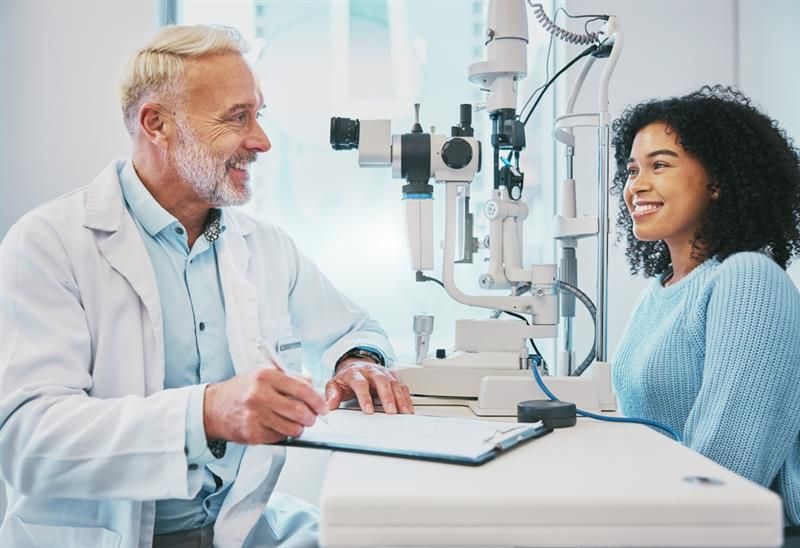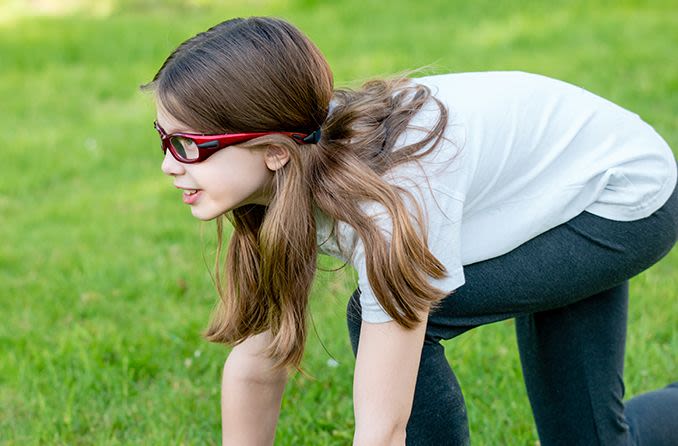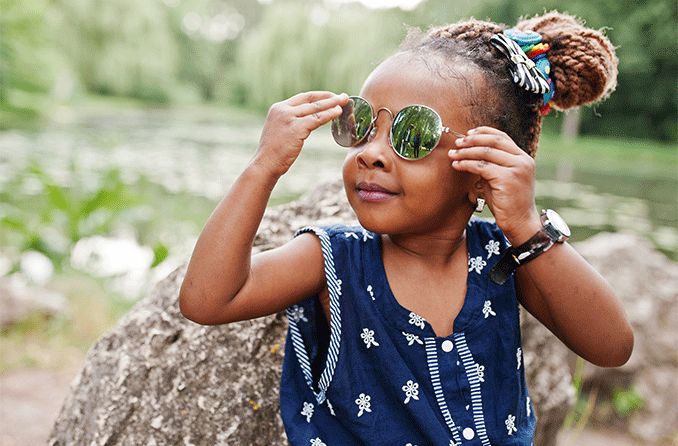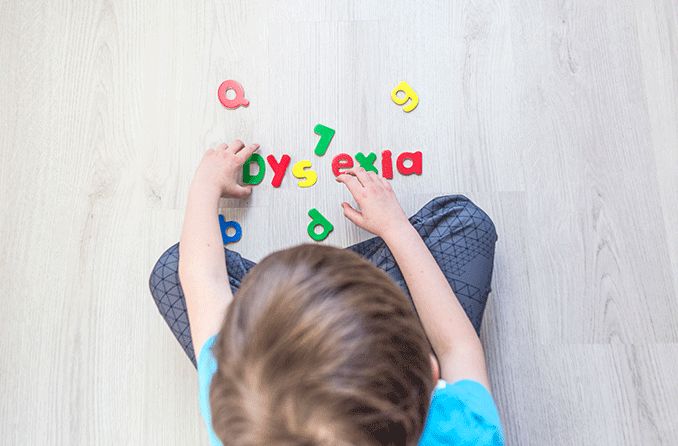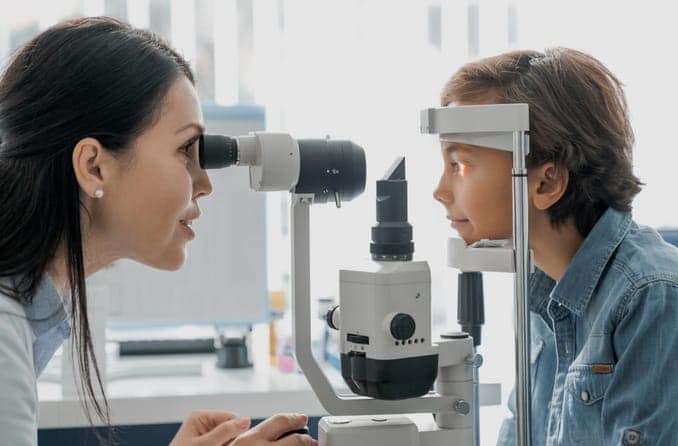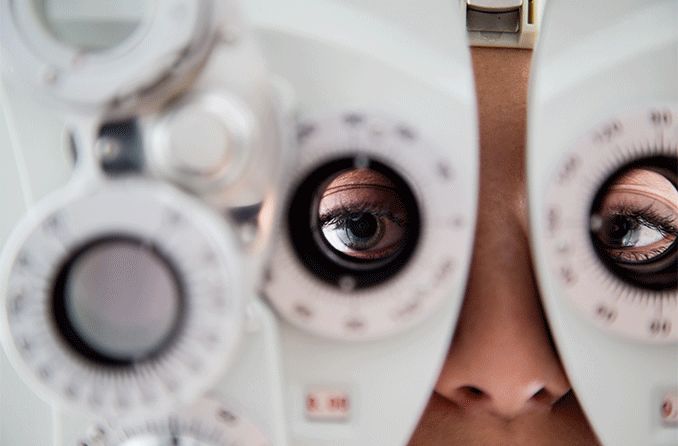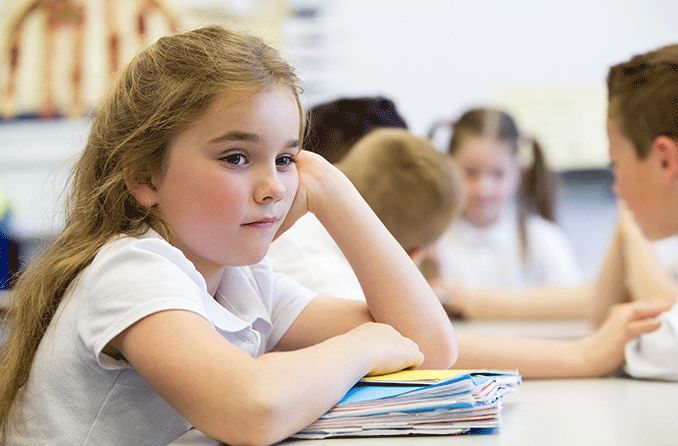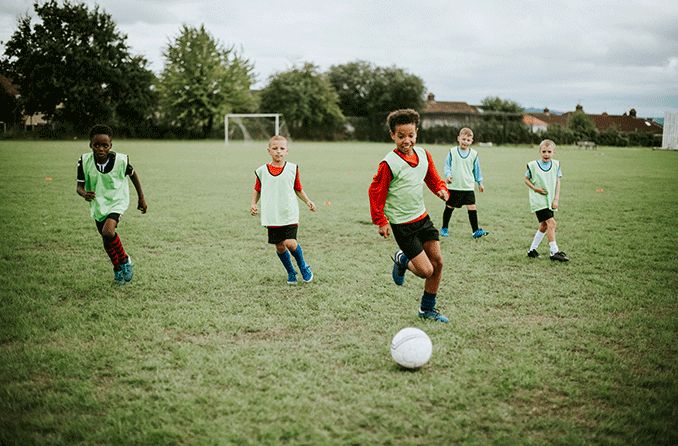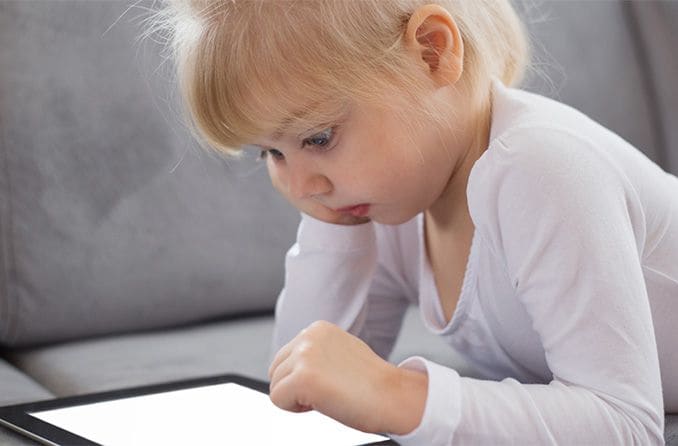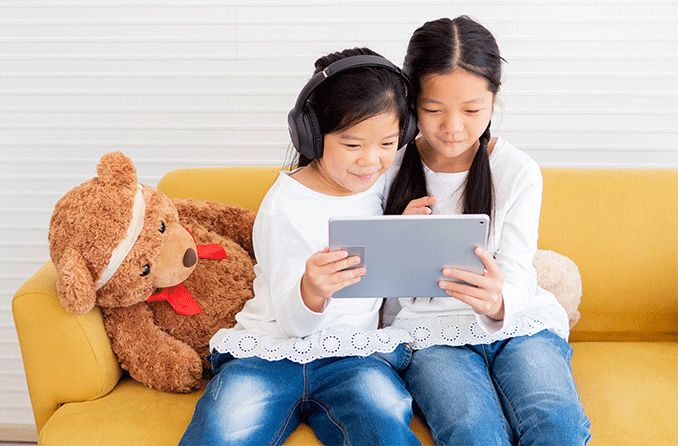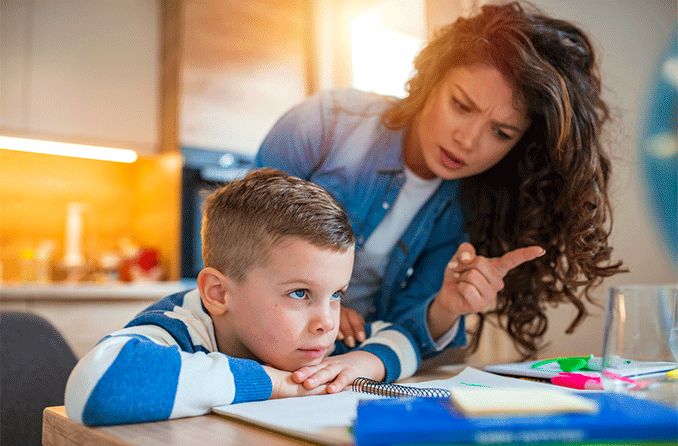Ask the coach what protective equipment your child needs for their sport and position. The coach can also tell you what safety certification the gear should have. For example, you may need to look for an “Approved” or “Certified” label from one or more of the following groups:
- American Society for Testing and Materials (ASTM) – Basketball, football, soccer, volleyball, baseball, tennis and other racquet sports
- Hockey Equipment Certification Council (HECC) – Ice hockey and street hockey
- Safety Equipment Institute (SEI) – Baseball, softball, ice hockey, field hockey, lacrosse, football, polo and soccer, according to standards set by the National Operating Committee on Standards for Athletic Equipment (NOCSAE)
LEARN MORE: Eyewear that protects your child's eyes
Types of sports eyewear for kids and teens

The right sports eyewear can vary depending on the activity it’s used for. Here are some of the most common types of sports eyewear for kids and teens:
Protective goggles
Protective goggles are designed for high-impact sports. This includes basketball, soccer and racquet sports (pickleball, badminton, racquetball and tennis). The goggles are secured with an adjustable strap. They also have impact-resistant polycarbonate lenses to reduce the risk of eye injury.
Swim goggles are available for aquatic sports such as swimming and water polo. If your child needs vision correction, prescription swim goggles allow them to see clearly in the water. And Rx goggles don’t carry the higher risk of infection that comes with wearing contact lenses in the pool.
Sports sunglasses
Sports sunglasses are great for outdoor sports such as baseball, softball, cycling and golf. They should provide 100% UVA-UVB lens protection. Lightweight polycarbonate lenses are often used for improved comfort and impact resistance. Some eyewear brands also offer sport-specific lens tints to enhance visual performance.
Polarized lenses provide superb glare reduction during your outdoor sporting activities. This is especially true around light-reflective surfaces like snow, water and roads. Cycling, boating, fishing and some winter sports can benefit from polarized technology.
Photochromic lenses have light-adaptive technology, meaning they darken automatically in sunlight. They’re handy if you spend time indoors and outdoors, or in late afternoon games that start sunny and end after nightfall. However, they may not be as helpful if you need rapid lens tint changes (think 25 seconds or less).
Ask your optician if photochromic or polarized lenses are a good fit for your sports sunglasses.
Prescription sports eyewear
Regular prescription glasses don’t provide the same protection as sports eyewear. Fortunately, most types of sports eyewear can be customized with your child’s vision prescription. This way, your child doesn’t have to compromise safety for clear vision.
When to combine contacts and sports glasses
If your child has a very strong vision prescription, it may be better to combine prescription contact lenses with non-prescription protective eyewear. This is because high-Rx glasses:
- Can cause spatial distortions and magnification differences
- May have limited frame options
- May have heavier lenses
These lenses can be distracting and may affect eye-hand coordination and spatial orientation. High-Rx contacts do not present these problems, and can be combined easily with any type of sports glasses or goggles.
This contact lens-sportswear combo also works if Rx safety glasses are outside your budget. Or, if your child prefers glasses, look for safety goggles that are designed to fit over eyeglasses. This will help ensure a proper, comfortable fit.
What to look for when buying sports glasses for kids
Once you determine what type of sport glasses are best for your child, you should assess how the glasses fit. Consider what makes them safe and durable, and the amount of comfort they provide for your child.
Adequate protection
ASTM has set standards for a variety of protective equipment. This includes eyewear and face guards. The ASTM F803 standards have the highest level of protection for sports safety. Be sure to look for a label that includes this rating when choosing your child’s protective sports gear.
There are extra measures to take for certain sports and positions. Some need eye protection alone. But the standard for ice hockey, for example, includes head, eye and face protection. A sports vision specialist, along with your child’s coach, can help you determine the best precautions.
Proper fit
To protect your athlete, sports glasses must also provide proper fit and comfort. Glasses should be secure but not tight. Adjustable bands and nose pads can keep glasses secure and comfortable.
If your child’s sports glasses are too loose, they may get knocked off, leaving their eyes unprotected. Loose eyewear may also break on the court or field if other players step on them. If your child has prescription sports glasses, a broken pair also leaves them without clear vision during the game.
The best styles of frames and adjustable bands vary depending on your child's activity. When in doubt, ask an eye care professional.
Durable lens materials
Polycarbonate lenses are often recommended for sports because they are very impact-resistant. Trivex lenses offer the same security, but with less distortion than polycarbonate lenses. Both lens types are also more lightweight than regular plastic lenses. This may make them more comfortable to wear.
Most sports glasses are available with either prescription or non-prescription lenses. Even if your child doesn’t need corrective lenses, sports glasses provide the ultimate benefit of eye protection.
Lens coatings and tints
An anti-reflective coating can help your child see better during games. A scratch-resistant coating can help your child avoid minor scuffs for clearer lenses. An anti-fog coating can also prevent distracting fog. This typically develops from temperature changes and humidity, especially with physical activity.
If your child enjoys winter sports, look for snow goggles with a dual lens design or dual-vented lens to control fog. Certain lens tints can also make a difference in reducing brightness and enhancing color or depth.
Choosing lens tints for specific sports
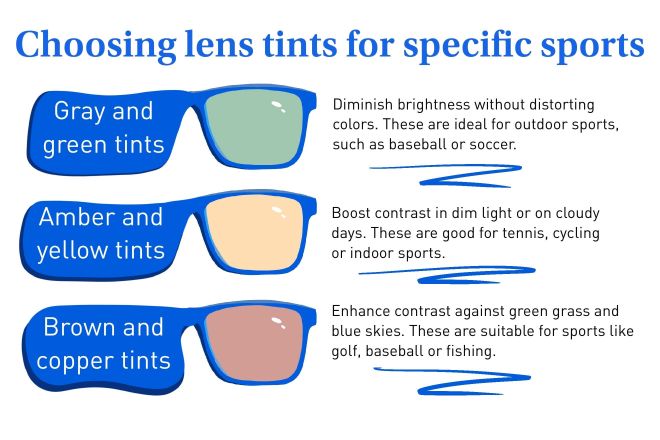
Some lens tints can be beneficial for athletic performance. Here are some examples of popular lens tints and how they may benefit your child:
Amber and yellow tints – Enhance contrast in low-light or overcast conditions. The tint is ideal for cycling, tennis or indoor basketball.
Gray and green tints – Reduce brightness without color distortion. This makes them suitable for bright outdoor sports like soccer or baseball. They can also reduce eye strain in sunny conditions.
Brown and copper tints – Tend to boost contrast against green fields and blue skies. This makes them a good choice for golf, baseball or fishing. The tints can also improve depth perception when tracking an object on the field or in the water.
Sport-specific eyewear considerations
Sports are played in a variety of environments. Different sports require different types of protection depending on the setting, amount of contact and level of risk. Consider the following when choosing your child’s performance eyewear:
- Sport sunglasses – Ideal for cycling, cross-country running, baseball and softball (when fielding)
- Wraparound sunglasses or goggles – Best for skiing, snowboarding and mountain biking
- Sports eye guards or goggles – Ideal for basketball, soccer and other contact sports
- Swim goggles – Best for swimming, water polo and other aquatic sports
- Helmet-compatible shields or frames – Ideal for football, hockey, baseball and softball (when batting)
- Full-face guard or mask – Needed for fencing as well as goalie and catcher positions
Talk to your eye doctor about your athlete’s specific needs and desires when choosing safety eyewear. And make sure that your child’s sports sunglasses have 100% UVA-UVB lens protection.
For recommendations and information about other sports, revisit the Protective Eyewear table above.
Tips for getting kids to wear sports eyewear
Some kids have a harder time adjusting to sports eyewear than others. Encouraging them to wear their sports glasses can make the safety practice a routine. Here are some tips:
- Let them have a say – Eyewear is more exciting when your child gets to pick the color and style on their own.
- Give positive feedback – Praise and positive affirmation can get your kid excited about their safety eyewear.
- Show off the performance benefits – Remind them that sports glasses can enhance their visual skills on the field or court.
- Set an example – Your child may be more willing to wear their sports glasses when you wear yours.
Talk to your eye care professional if your child doesn’t want to wear their sports glasses. Sometimes, kids don’t want to wear their glasses because they don’t feel comfortable. An optician can make sure the eyewear fits well. They’ll make any necessary adjustments and help your child embrace their look.
If that still doesn’t work, try talking to your child’s coach. They may be better equipped to help your athlete understand the importance and necessity of using protective eyewear in sports.
When to update sports eyewear
If your child has loose frames or damaged lenses, it could be time for a change. Loose-fitting eyewear is often adjustable, but damaged lenses may not be repairable. Large scratches can disrupt your child’s field of vision and cause glare, which may affect their playing abilities. Talk to your optician about your options when it comes to any frame or lens damage.
It’s also important to schedule a comprehensive eye exam each year for your child. This is the best way to care for your child’s developing vision. During a routine exam, the eye doctor will assess your child’s vision and eye health.
If needed, the doctor will update the vision prescription. This allows you to update your child’s glasses and sports eyewear, enabling them to see well in the classroom and on the field.
